

Articles
How To Make A Smoke Detector Less Sensitive
Modified: August 25, 2024
Learn how to make a smoke detector less sensitive with our informative articles. Discover effective tips and techniques to adjust sensitivity levels for optimal home safety.
(Many of the links in this article redirect to a specific reviewed product. Your purchase of these products through affiliate links helps to generate commission for Storables.com, at no extra cost. Learn more)
Introduction
A smoke detector is an essential safety device that helps to detect the presence of smoke in the air and alerts us to the potential danger of a fire. However, in some situations, a smoke detector may become overly sensitive, leading to frequent false alarms. These false alarms can be not only irritating but also create a sense of complacency among residents, causing them to ignore or disable the detector when a real fire occurs. Therefore, knowing how to make a smoke detector less sensitive can be crucial for maintaining the reliability and effectiveness of this important safety tool.
In this article, we will explore various methods to adjust the sensitivity of a smoke detector and reduce the occurrence of false alarms. We will also discuss the reasons to make a smoke detector less sensitive and the safety precautions to keep in mind while making any adjustments.
Before we delve into the methods, let’s gain a better understanding of smoke detectors and how they work.
Key Takeaways:
- Adjusting the sensitivity of a smoke detector is crucial to minimize false alarms caused by non-threatening factors such as cooking fumes or steam. It’s essential to strike a balance between reducing false alarms and ensuring the detector remains effective in detecting real fires.
- Regularly cleaning your smoke detector helps maintain its sensitivity, reduces the chances of false alarms, and ensures its proper functioning. Remember to follow safety precautions and conduct regular tests to ensure the smoke detector is functioning properly after any adjustments or maintenance.
Understanding Smoke Detectors
Smoke detectors are devices designed to detect the presence of smoke particles in the air. They are typically comprised of two main components: a sensor and an alarm system. The sensor is responsible for detecting smoke, while the alarm system generates a loud sound or triggers a remote notification to alert occupants of a potential fire.
There are two common types of smoke detectors: ionization smoke detectors and photoelectric smoke detectors.
Ionization smoke detectors contain a small radioactive source that ionizes the air inside the detector. When smoke enters the chamber, it disrupts the flow of ions, triggering the alarm. These types of detectors are more responsive to fast-burning fires and small smoke particles produced during combustion.
On the other hand, photoelectric smoke detectors use a light source and a photosensitive sensor. When smoke enters the chamber and scatters light particles, this change in light intensity is detected by the sensor, triggering the alarm. Photoelectric detectors are more effective at detecting slow-burning fires and larger smoke particles typical of smoldering fires.
Both types of smoke detectors have their advantages and are effective at detecting different types of fires. Understanding the type of smoke detector you have can help you determine the best approach to make it less sensitive without compromising its ability to detect real fires.
Reasons to Make a Smoke Detector Less Sensitive
While smoke detectors are indispensable in alerting us to the presence of a fire, there are certain situations where it may be necessary or preferable to make them less sensitive. Here are a few reasons why you might want to adjust the sensitivity of your smoke detector:
- Minimizing False Alarms: One of the main reasons to make a smoke detector less sensitive is to avoid frequent false alarms. False alarms can be triggered by cooking fumes, steam from showers, dust particles, or even strong aerosols. By reducing the sensitivity, you can reduce the likelihood of these false alarms and prevent unnecessary panic or disruption.
- Occupational Settings: In certain occupational settings such as commercial kitchens or laboratories, where the likelihood of smoke or airborne particles is higher, it may be necessary to make a smoke detector less sensitive. This allows for the normal operation and prevents frequent disruptions due to false alarms.
- Sensitive Areas: In some households, there may be specific areas where increased sensitivity may not be desired. For example, if there is a smoke detector near a bathroom or a room where steam or aerosols are frequently present, lowering the sensitivity can help prevent false alarms.
- Animal Activity: Smoke detectors can sometimes be triggered by pets or other animals moving near them, especially if they produce smoke or strong odors. By adjusting the sensitivity, you can reduce the chances of false alarms due to animal activity.
- Accessibility Concerns: In some cases, residents with disabilities or certain medical conditions may require specific adjustments to smoke detectors to ensure their safety. Reducing sensitivity can help prevent unnecessary disturbances or discomfort.
It is important to note that while adjusting the sensitivity of a smoke detector can be beneficial in certain situations, it should never compromise the overall effectiveness of the detector in detecting real fires. The safety of the occupants should always be the top priority, and any adjustments should be made with caution and consideration.
Safety Precautions
When it comes to making adjustments to the sensitivity of a smoke detector, it is crucial to prioritize safety. Here are some important safety precautions to keep in mind:
- Refer to the Manufacturer’s Instructions: Before attempting to adjust the sensitivity of your smoke detector, carefully read and follow the manufacturer’s instructions. Each smoke detector model may have specific guidelines for making adjustments.
- Ensure Proper Functioning: Before making any changes, ensure that your smoke detector is in good working condition. Regularly test the detector to confirm that it is functioning correctly and replace batteries as needed.
- Use Qualified Technicians: If you are unsure about making adjustments to the sensitivity of the smoke detector or if it requires more complex modifications, it is recommended to seek the assistance of qualified technicians or professionals. They have the necessary knowledge and expertise to make the adjustments safely and effectively.
- Do Not Disable the Smoke Detector: Under no circumstances should you disable a smoke detector. Even if you are experiencing frequent false alarms, it is essential to maintain the protection and early warning system provided by the smoke detector. Disabling a smoke detector puts you at risk of not being alerted to a real fire.
- Regular Maintenance: Regardless of whether you adjust the sensitivity or not, it is crucial to regularly maintain and clean your smoke detector. Dust, debris, and other particles can accumulate over time, affecting the detector’s performance. Follow the manufacturer’s recommendations for cleaning or contact a professional if necessary.
- Test Frequently: After making any adjustments to the sensitivity or performing maintenance on your smoke detector, be sure to test it to ensure that it is still functioning properly. Regular testing will give you peace of mind and ensure the detector is ready to detect any potential fire.
By following these safety precautions, you can maintain the reliability and effectiveness of your smoke detector while making any necessary adjustments to its sensitivity.
Method 1: Adjusting Sensitivity Settings
One of the most common methods to make a smoke detector less sensitive is by adjusting its sensitivity settings. This method is typically applicable to modern smoke detectors that offer adjustable sensitivity options. Here’s how you can go about it:
- Refer to the User Manual: Start by referring to the user manual or instructions provided by the manufacturer. It will guide you on how to access the sensitivity settings and make the necessary adjustments.
- Locate the Sensitivity Adjustment: Depending on the model of the smoke detector, the sensitivity adjustment may be located on the device itself or accessible through a control panel or smartphone application.
- Choose the Desired Sensitivity Level: Most smoke detectors offer a range of sensitivity levels to choose from. Consider your specific needs and the factors that have been triggering false alarms. Gradually reduce the sensitivity until you reach a level where false alarms are minimized, while still ensuring that the detector remains effective in detecting real fires.
- Test and Monitor: Once you have made the sensitivity adjustments, it is essential to test the detector to ensure it is still functioning properly. Trigger the smoke detector with a smoke test spray or by blowing smoke towards it, and ensure that the alarm is activated within a reasonable time. Monitor the detector for a few days to assess if false alarms are significantly reduced.
- Adjust as Needed: If you find that the sensitivity changes are still resulting in frequent false alarms or if you experience any difficulties, consider contacting the manufacturer or a qualified technician for further assistance. They can guide you through additional adjustment options or advise on other potential remedies.
Remember that adjusting the sensitivity settings of a smoke detector should be done with caution. It’s crucial to strike a balance between reducing false alarms and maintaining the detector’s ability to detect and alert you to a real fire. Regularly test and monitor the detector to ensure that it continues to operate effectively after any sensitivity adjustments.
To make a smoke detector less sensitive, try moving it away from the kitchen or bathroom where steam and cooking fumes can trigger false alarms. Additionally, avoid placing it near air vents or ceiling fans that can disrupt its function.
Read more: How To Remove A Smoke Detector
Method 2: Changing Placement of Smoke Detector
If you’re still experiencing frequent false alarms even after adjusting the sensitivity settings of your smoke detector, you can consider changing its placement. The location of the smoke detector can greatly affect its sensitivity and the likelihood of false alarms. Here’s how you can change the placement of the smoke detector to make it less sensitive:
- Assess Current Placement: Take a close look at the current location of the smoke detector. Is it located near a source of steam, cooking appliances, or areas with excessive dust? These factors can contribute to false alarms. Take note of any potential issues with the current placement.
- Research Ideal Placement: Familiarize yourself with the manufacturer’s recommendations for the ideal placement of the smoke detector. Each model may have specific guidelines, including recommended distances from certain areas. Follow these guidelines as closely as possible.
- Relocate the Detector: Based on your assessment and the manufacturer’s recommendations, choose a new location for the smoke detector. Consider moving it away from sources of steam, cooking fumes, or areas where dust or other particles are present. Optimal locations typically include the center of ceilings or high on walls near bedrooms and living areas.
- Install Properly: Once you have decided on the new placement, securely install the smoke detector following the manufacturer’s instructions. Ensure that it is mounted correctly and that the sensors are unobstructed.
- Test and Monitor: After the relocation, test the smoke detector to ensure it is still functioning properly. Conduct regular tests to ensure its reliability. Monitor the detector over the next few days to determine if false alarms are reduced.
- Make Adjustments if Necessary: If changing the placement of the smoke detector did not sufficiently reduce false alarms or if the new location poses other issues, consider combining this method with other methods or seek professional assistance for further guidance.
Remember that the placement of the smoke detector is crucial for its effectiveness. Changing its location can help to minimize false alarms by reducing its exposure to potential sources of non-threatening smoke or particles. However, it is important to maintain compliance with local fire safety regulations and ensure that the new placement still allows for optimal detection of real fires.
Method 3: Using a Smoke Detector Hood or Cover
If you’re looking for another method to make your smoke detector less sensitive, consider using a smoke detector hood or cover. These accessories are specifically designed to reduce the chances of false alarms caused by non-threatening particles or environmental factors. Here’s how you can use a smoke detector hood or cover:
- Research Compatible Accessories: Look for smoke detector hoods or covers that are compatible with your specific smoke detector model. Check with the manufacturer or reputable suppliers to find the right accessory for your detector.
- Install the Hood or Cover: Once you have obtained the smoke detector hood or cover, carefully follow the installation instructions provided by the manufacturer. Ensure that it fits securely over the smoke detector without obstructing the sensor or minimizing its effectiveness.
- Test the Detector: After installing the hood or cover, test the smoke detector to confirm that it is still functioning properly. Trigger the smoke detector with a smoke test spray or by blowing smoke towards it to ensure that the alarm is activated within a reasonable time.
- Monitor for False Alarms: Keep a close eye on the smoke detector and monitor it over the next few days for any possible false alarms. While the hood or cover is intended to reduce false alarms, every smoke detector model and environment is unique, so it’s important to assess its effectiveness in your specific situation.
- Adjust or Remove if Necessary: If you find that the smoke detector hood or cover does not effectively reduce false alarms or interferes with the overall functionality of the smoke detector, consider adjusting or removing it. It’s important to strike a balance between reducing false alarms and maintaining optimal performance in detecting real fires.
A smoke detector hood or cover can be a convenient and effective tool in reducing false alarms caused by non-threatening particles or environmental factors. However, it’s essential to ensure compatibility, proper installation, and ongoing monitoring to maintain the reliability of your smoke detector in detecting real fires.
Method 4: Cleaning the Smoke Detector
Another effective method to make a smoke detector less sensitive and reduce false alarms is by regularly cleaning it. Over time, smoke detectors can accumulate dust, dirt, and other particles, which can interfere with their sensors and trigger false alarms. Here’s how you can clean your smoke detector:
- Power Off the Detector: Before cleaning the smoke detector, make sure to turn off the power to avoid any electrical mishaps. This can usually be done by removing the batteries or disconnecting the power source.
- Remove the Detector: Carefully detach the smoke detector from its mounting bracket according to the manufacturer’s instructions. Pay attention to the specific mechanism for removal, as it may vary depending on the model.
- Clean the Exterior: Using a soft, dry cloth, gently wipe the exterior of the smoke detector to remove any dust or dirt. Avoid using water or cleaning agents, as they can damage the device or interfere with its functionality.
- Clean the Sensor: The sensor is a critical part of the smoke detector, so it’s important to clean it properly. Use a can of compressed air or a soft brush to gently remove any loose particles from the sensor. Be careful not to touch or damage the sensor in the process.
- Check for Obstructions: While cleaning, inspect the vents and openings of the smoke detector for any potential obstructions. Clear away any debris or objects that might impede the proper functioning of the detector.
- Reinstall and Test: Once you have cleaned the smoke detector, carefully reattach it to its mounting bracket. Restore power by reinserting batteries or reconnecting the power source. Test the detector to ensure that it is still functioning properly.
- Maintain Regular Cleaning: To prevent the accumulation of dust and debris, establish a regular cleaning schedule for your smoke detector. Depending on the environment, cleaning every six months or annually may be sufficient. Adjust the frequency if you notice an increase in false alarms.
Regularly cleaning your smoke detector helps to maintain its sensitivity, reduces the chances of false alarms, and ensures its proper functioning. Remember to follow the manufacturer’s instructions and exercise caution during the cleaning process to avoid damaging the detector.
Conclusion
Smoke detectors are essential safety devices that provide early warning in the event of a fire, but there are instances where their sensitivity needs to be adjusted to reduce false alarms. Making a smoke detector less sensitive can help minimize interruptions caused by non-threatening smoke or particles while still ensuring it remains effective in detecting real fires.
In this article, we explored several methods to make a smoke detector less sensitive. Adjusting the sensitivity settings, changing the placement of the smoke detector, using a smoke detector hood or cover, and cleaning the smoke detector are all viable options. However, it is important to note that safety should always be a top priority when making any adjustments to a smoke detector.
Prior to making any changes, refer to the manufacturer’s instructions for your specific smoke detector model. Understand the functionalities and limitations of your smoke detector to determine the best approach to reducing false alarms. Keep in mind that a balance must be struck between minimizing false alarms and ensuring the detector remains effective in detecting real fires.
Remember to follow safety precautions and conduct regular tests to ensure the smoke detector is functioning properly after any adjustments or maintenance. If you encounter challenges or are unsure about making adjustments on your own, seek assistance from qualified technicians or professionals.
By implementing the methods discussed in this article, you can make your smoke detector less sensitive, thereby reducing false alarms and maintaining the reliability and effectiveness of this crucial safety device.
Frequently Asked Questions about How To Make A Smoke Detector Less Sensitive
Was this page helpful?
At Storables.com, we guarantee accurate and reliable information. Our content, validated by Expert Board Contributors, is crafted following stringent Editorial Policies. We're committed to providing you with well-researched, expert-backed insights for all your informational needs.
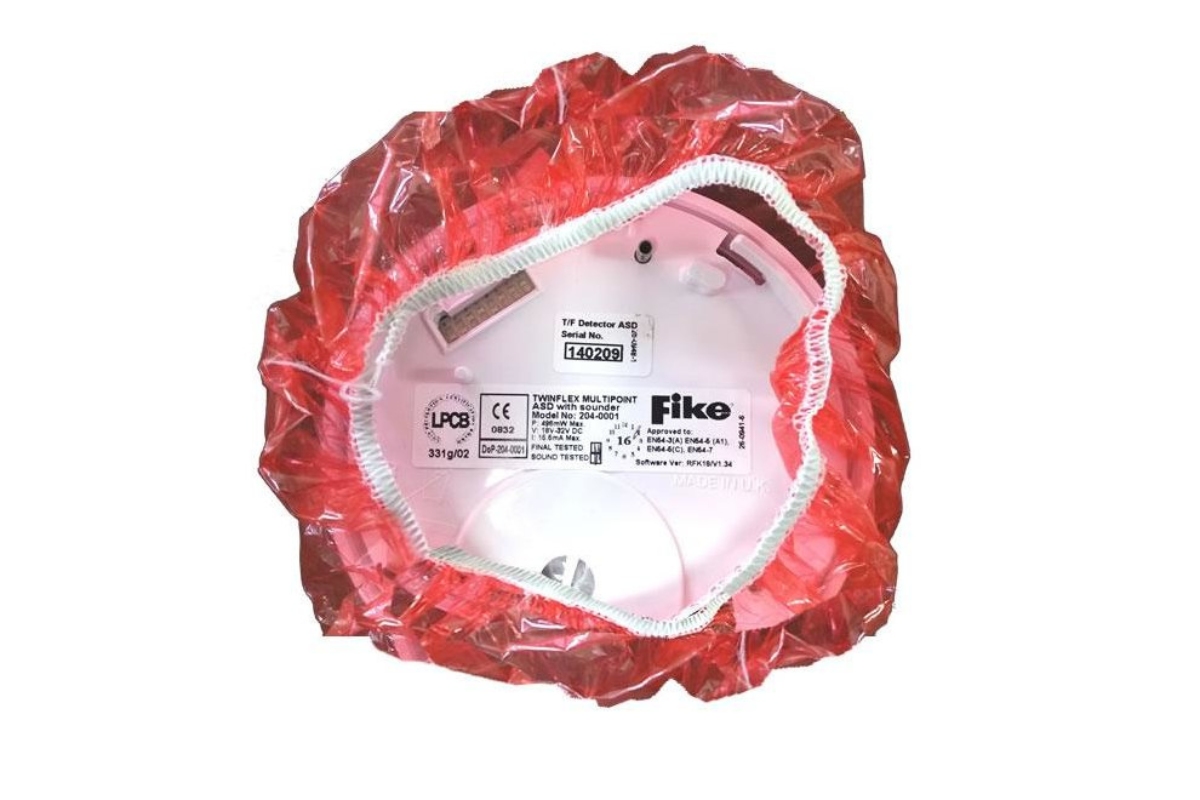
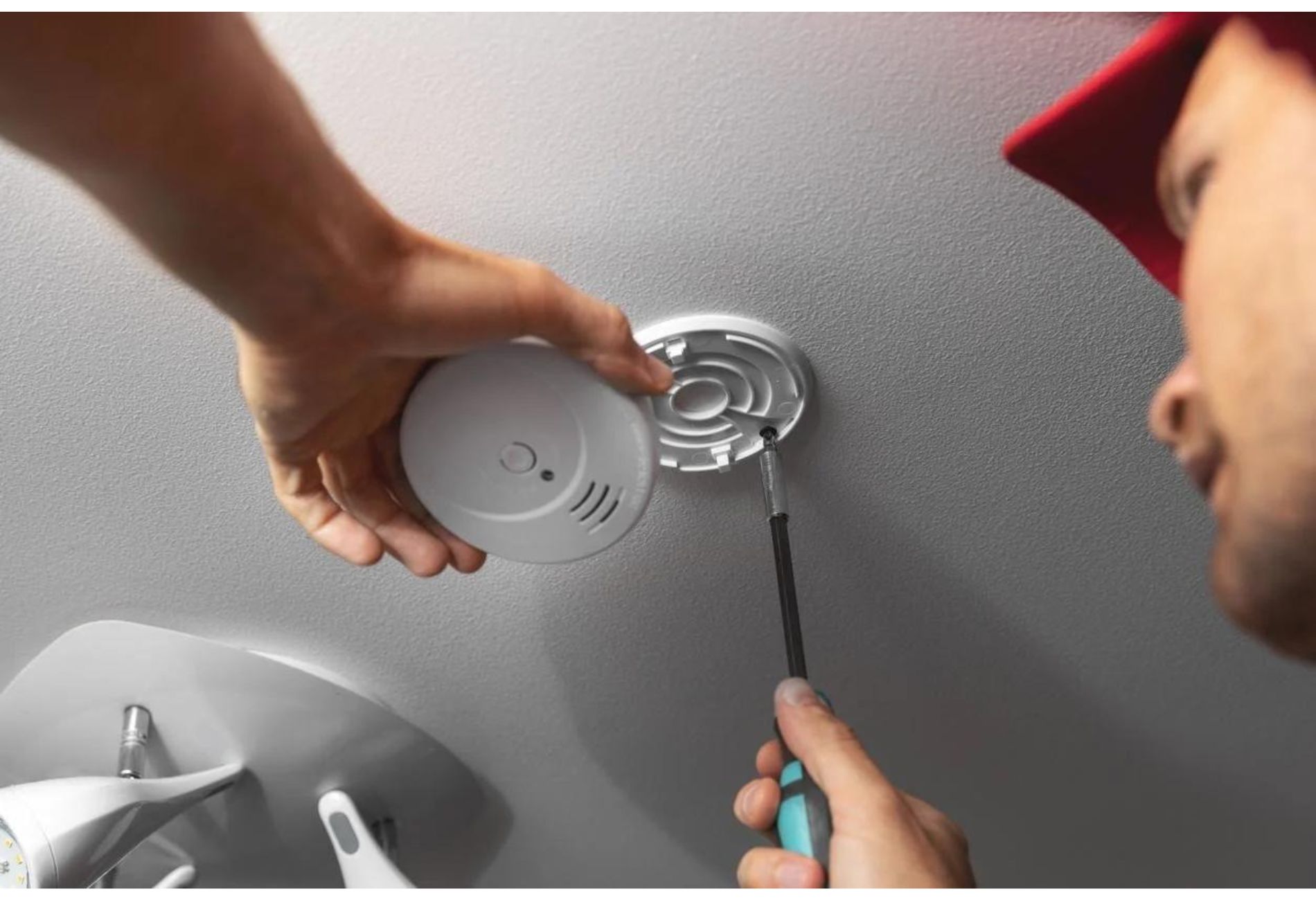

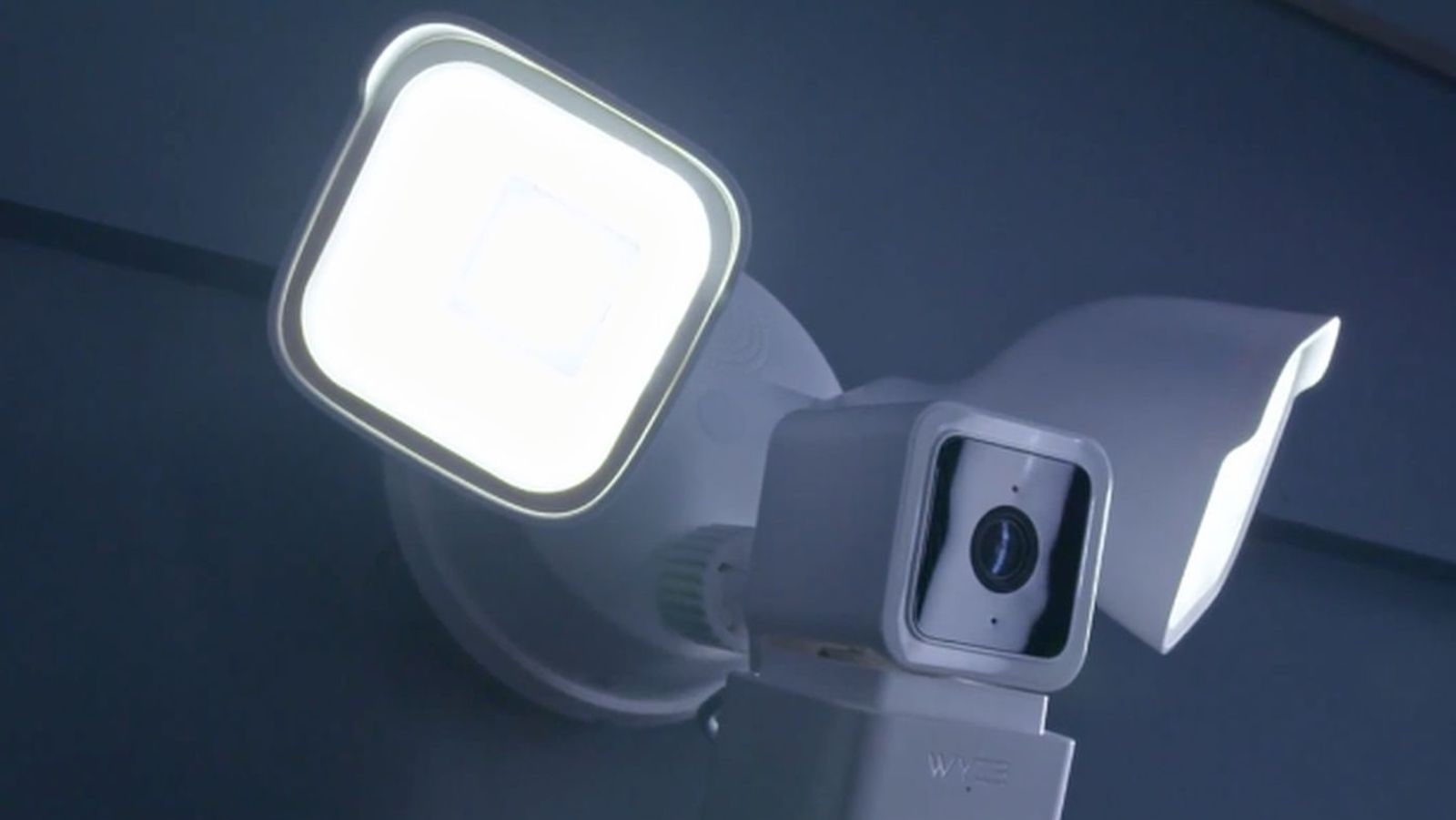
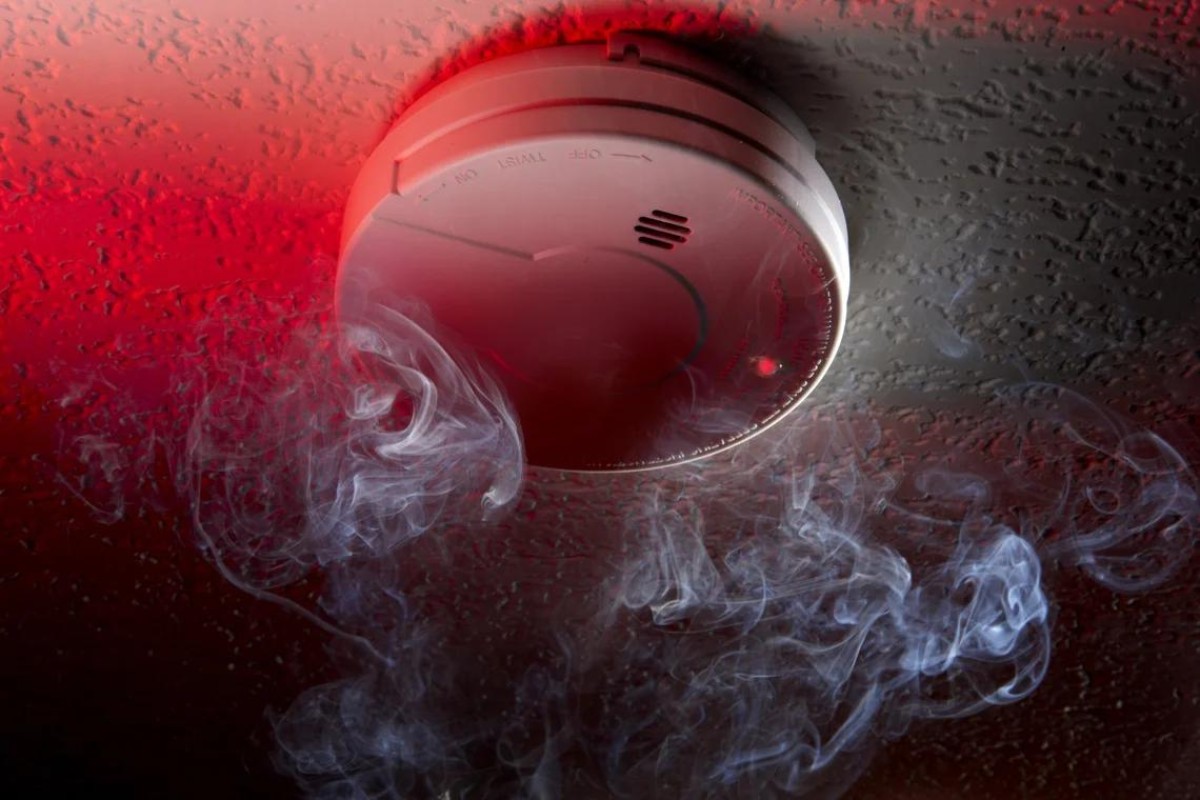

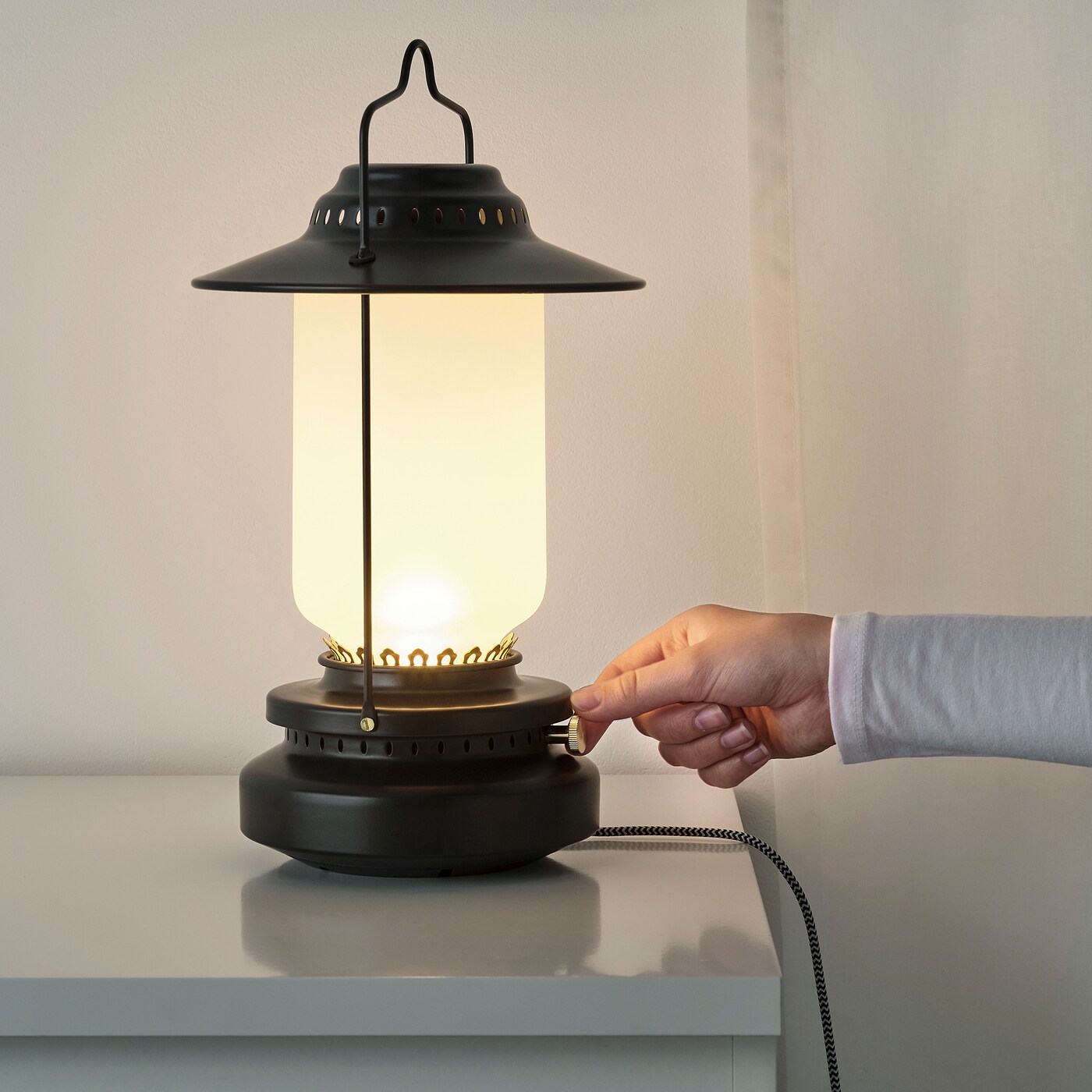
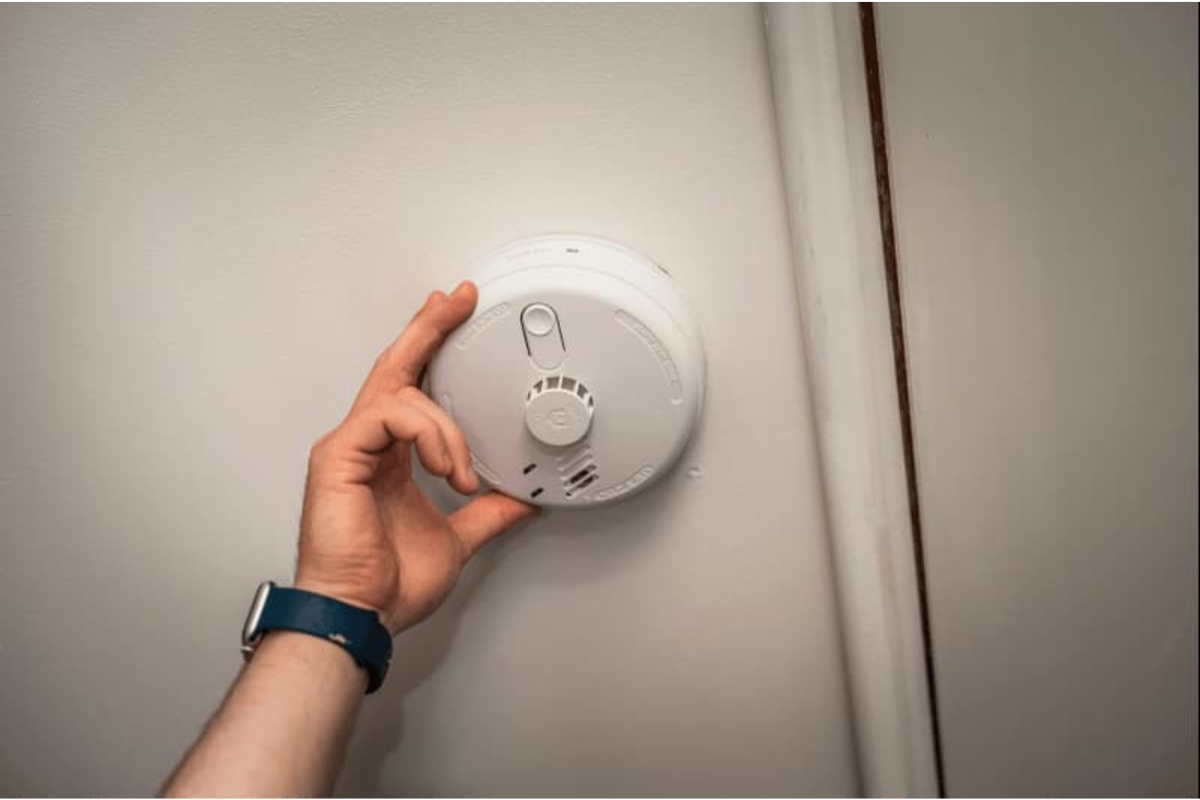
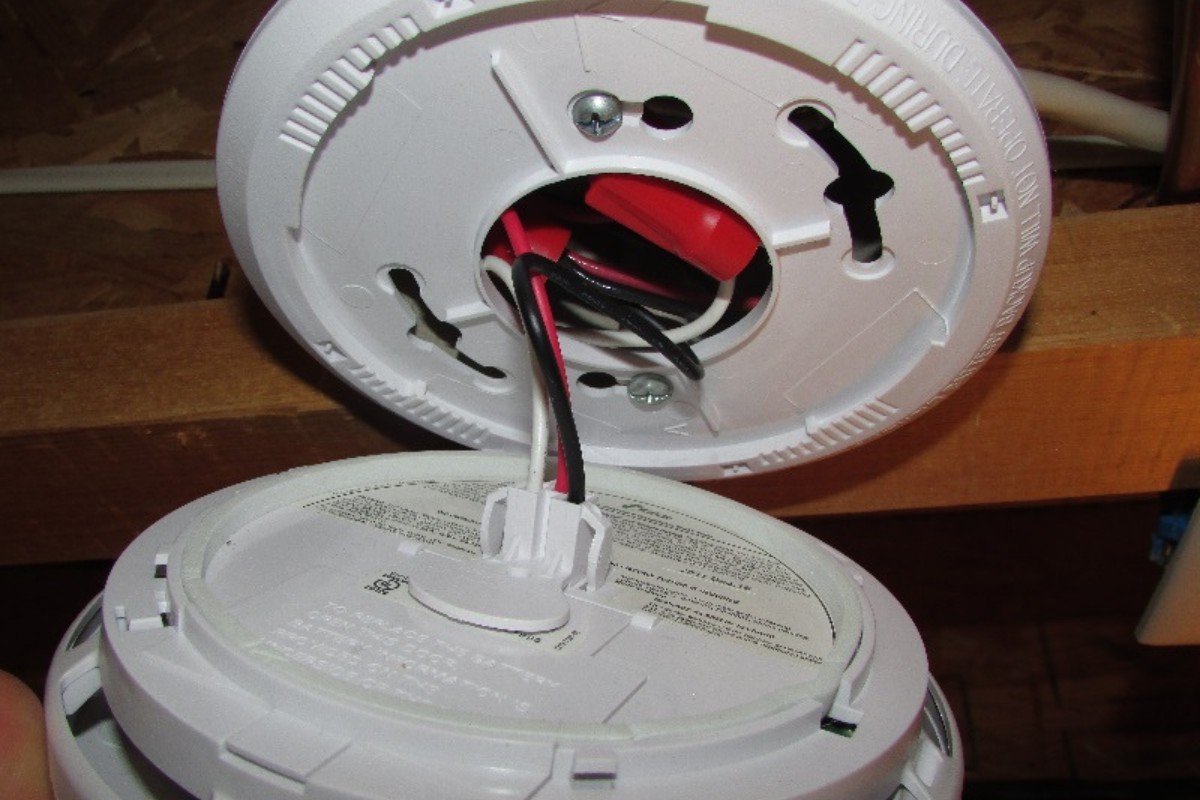
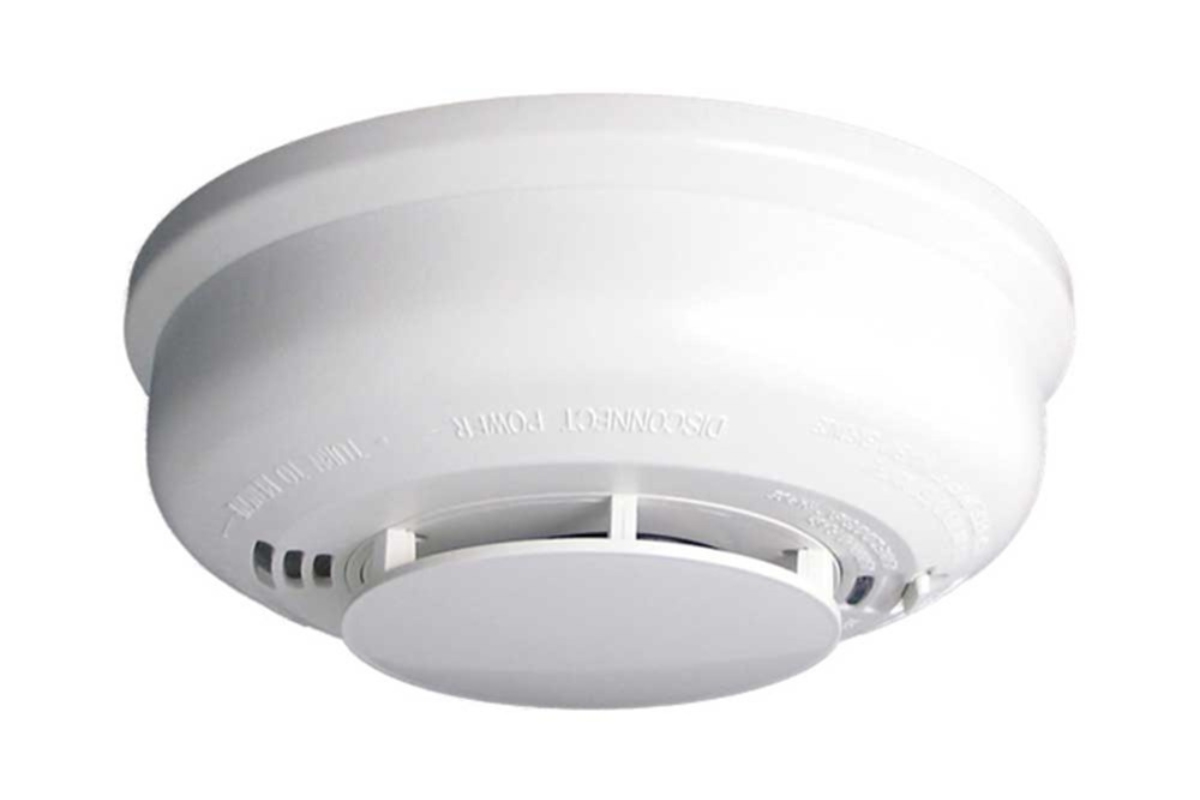

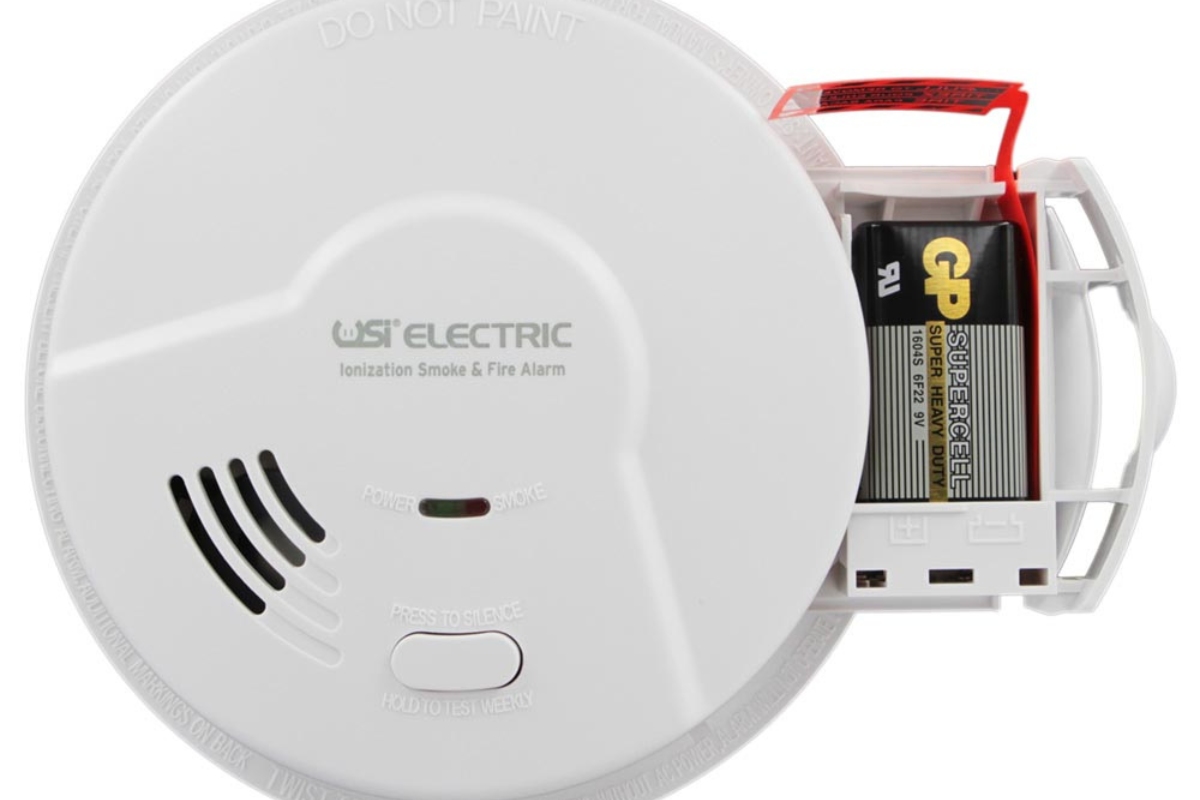
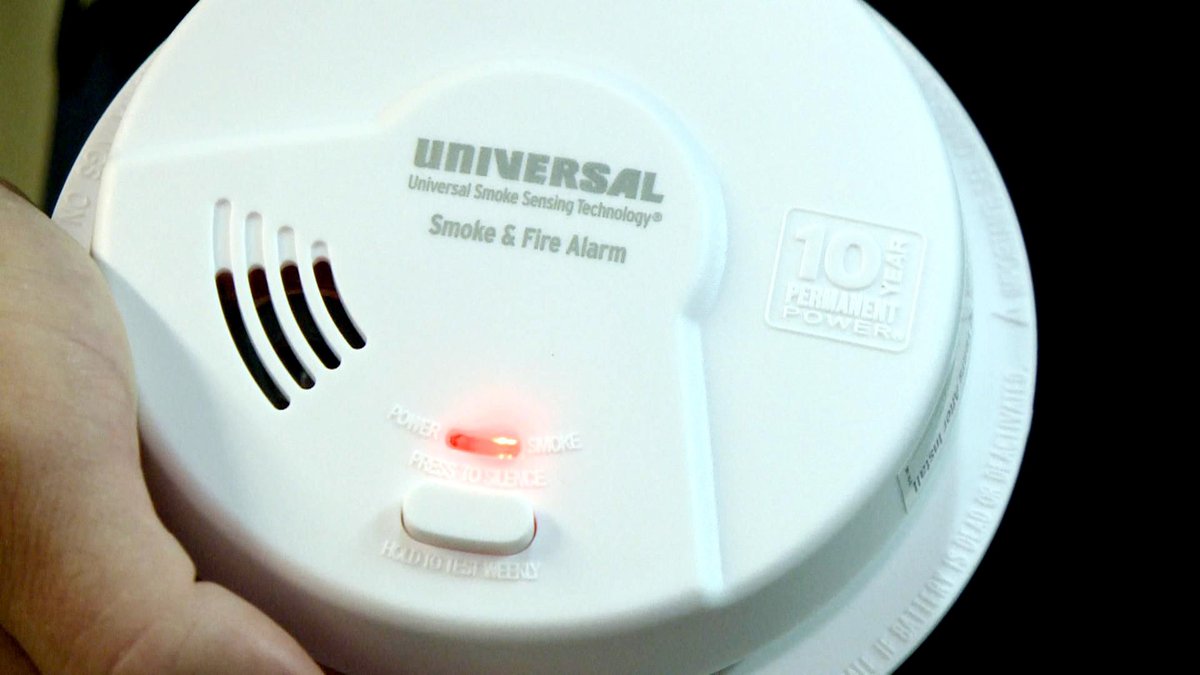
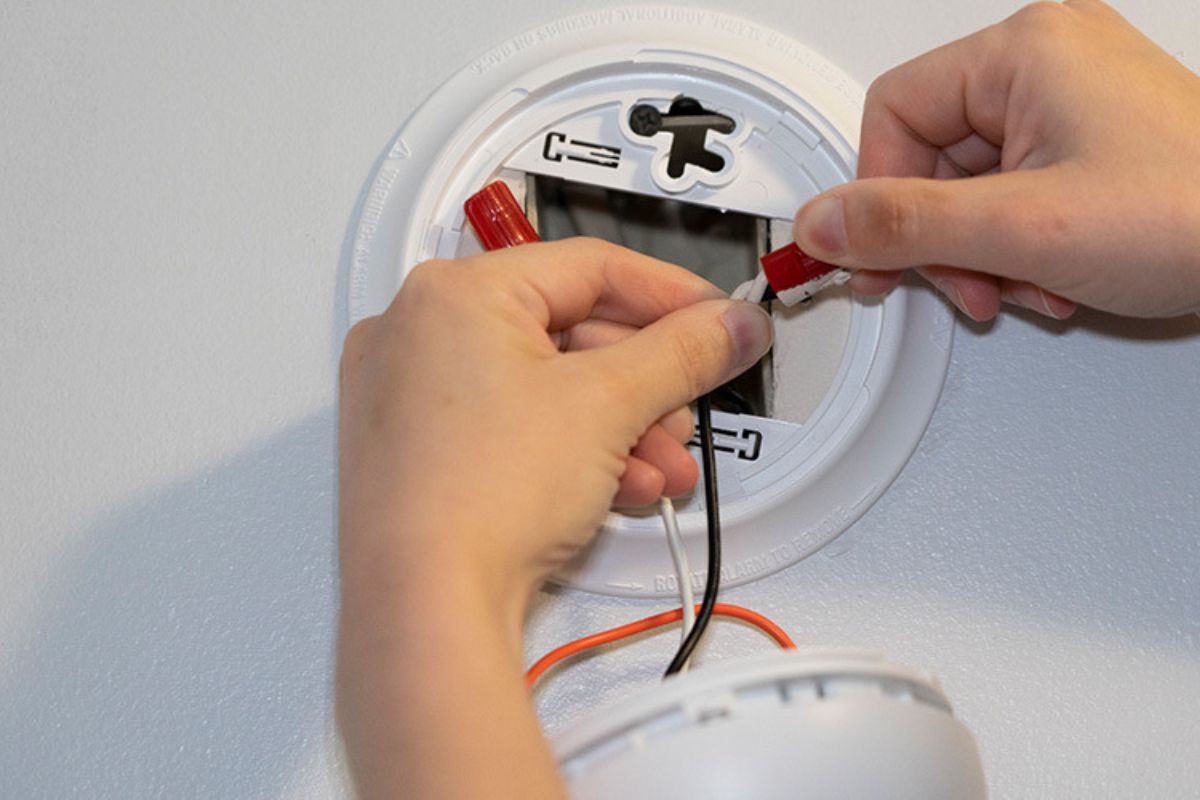

0 thoughts on “How To Make A Smoke Detector Less Sensitive”